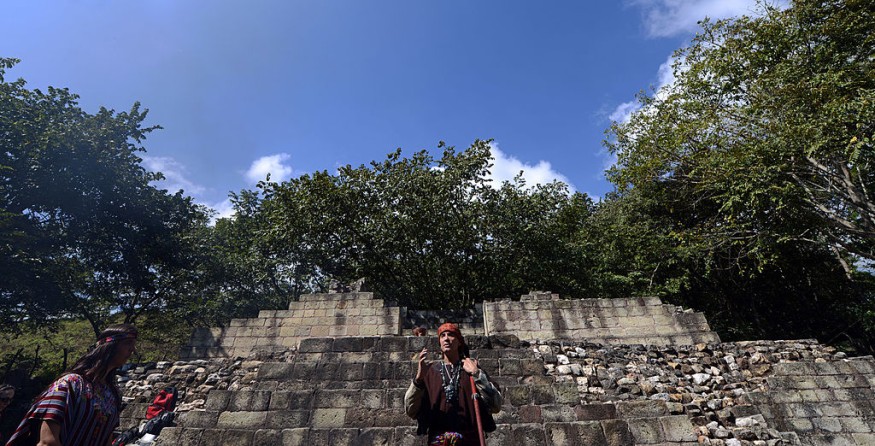Archaeologists discovered hundreds of historic sacred monuments, several of which laid claim to the Maya civilization, hidden beneath the terrain of contemporary southern Mexico.
Experts reported from previous year that the grandest of these constructions known as Aguada Fénix though certainly not alone, was the largest and most influential Maya temple yet discovered.
A multinational collaboration of experts headed by anthropologist Takeshi Inomata of the University of Arizona set for recent investigation reveals the discovery of over 500 commemorative structures dating all the way back not only to the Maya, but to an older Mesoamerican civilization known as the Olmecs.
Historical Sites Discovered by Experts

A total number of 478 monuments were discovered according to the latest investigation. Wherein the discovery of these monuments was the same method as used by experts to discover the Aguada Fénix. By employing LIDAR, that scans the terrain with lasers throughout an aerial scan, finding three-dimensional ancient monuments from underneath foliage as well as other surface composition.
Almost all of the scientific breakthroughs are relatively small than multistory Aguada Fénix, that also quantifies more than 1,400 meters in length. Seeing these structures for the first time exposes a peculiar construction effect in Maya constructions that had not been fully realized previously.
A hitherto unknown pattern in the earliest Olmec economic hub of the historic Olmec metropolis San Lorenzo, dated to roughly 1150 BCE may be recognized as a repeating trend in subsequent Maya constructions that mirror San Lorenzo's core rectangular area, embracing its 'spatial template,' as per the experts.
"In terms of design organization, citizens believed San Lorenzo was really distinctive and apart from what followed afterwards," Inomata explains.
"However today we can see how San Lorenzo, like Aguada Fénix, has a rectangular plaza surrounded by edge decks. This indicates that San Lorenzo was crucial in the development of a few of the concepts that were eventually adopted by the Maya."
If this is the case, the architectural style here discloses a significant connection between these two unique empires, which partially merged in time but also reached its peak in various chapters of Mesoamerican historical past, with the Olmecs thriving in the Developmental phase around 2000 BCE-250 CE and the Maya growing in superiority in the Classical era about 250-900 CE.
The rectangular design method, known as the Middle Formative Usumacinta (MFU) sequence and its associated modifications indicate that inter-regional connections and effects between Olmecs and the Maya were much more extensive and diversified than previously thought.
Possible Connection Between Maya and Olmec Civilazation
In complement to interpreting LIDAR records, the researchers performed initial field investigations on foot at 62 of the locations, which are assumed to originate roughly 1,050-400 BCE and were utilized as ceremonial places, where people congregated to socialize and observe parades.
A few of the ruins are positioned to correspond with dawn on special days in Mesoamerican periods, implying that the ceremonial activities contained cosmic conceptions related to seasonal motions.
"This suggests people was expressing cosmic notions by these sacred sites," Inomata explains.
"People assembled in this location as per the ritual cycle." As there is still enormous we do not really know further about relevance, heritage, and transformation of these thousands upon thousands of ceremonial facilities, with the breakthroughs posing years of research for historians, it's evident the Olmecs and Maya might have expressed more than we knew, basically constructing on each other's work.
"There is always controversy if the Olmec civilization contributed to the formation of the Maya civilization or if the Empire arose separately," Inomata remarked the year before. "As a result, our research concentrates on a critical region between the two."
© 2025 NatureWorldNews.com All rights reserved. Do not reproduce without permission.





